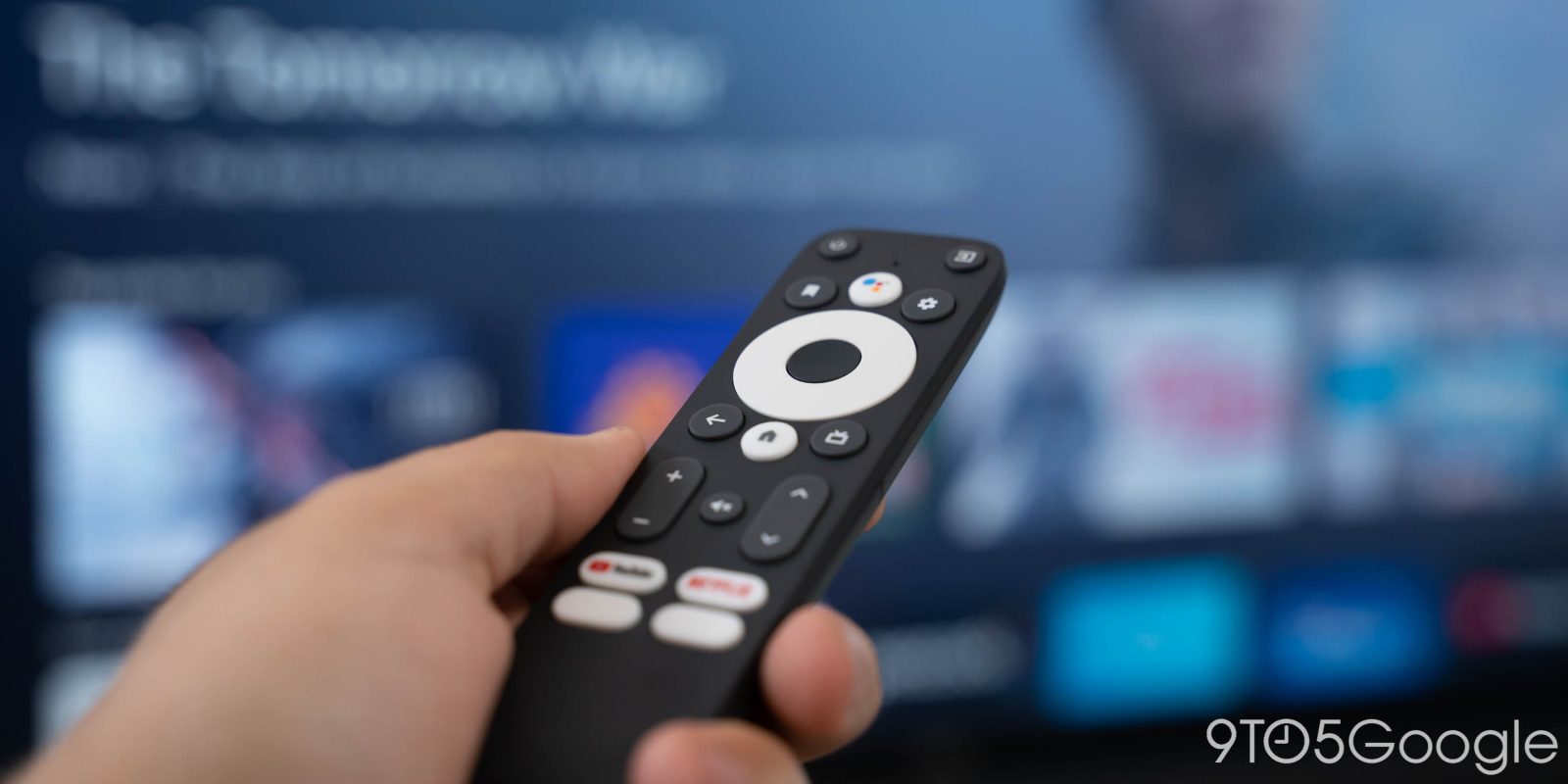
After months in preview, Google has finally launched Android 13 for Android TV OS. It won’t be available on any devices you have for a while, but here’s what it brings to the table.
Android TV 13, like many of the other previous platform updates for the big screen, is relatively minor in terms of end-user impact. In its announcement of the update, Google highlights a few key features.
One of the key new features that will have user-facing impact is the ability to change the default resolution and refresh rate for HDMI sources. This may, in some cases, make for more reliable playback.
HDMI state changes can also communicate with the MediaSession lifecycle in Android TV 13 which can help some HDMI devices save power or pause content when the HDMI state changes. The AudioManager API can also now be used by developers to anticipate which audio format is optimal for content before that content starts playing.
Other changes include new keyboard layouts and the ability for game developers to reference keys on a physical keyboard by their actual location, both through improvements to the InputDevice API. There’s also a new system-wide toggle for audio descriptions and an API that allows apps to recognize and use that setting to create audio descriptions in line with a user’s settings.
As with most major updates to Android TV, we don’t expect Android TV 13 to ship on any consumer devices for quite some time. The Chromecast with Google TV 4K, for instance, just got Android 12 a couple of months ago.
For the time being, Android TV 13 is only available on the developer-focused ADT-3 as well as in the Android TV emulator in Android Studio. There are both Android TV and Google TV versions available.
More on Android TV:
- Here’s everything new in Google TV 12 on the Chromecast [Gallery]
- Raspberry Pi can already run Android TV 13 – Chromecast only got Android 12 a few weeks ago
- XGIMI Horizon 4K Pro review: Blockbuster Android TV projector in a portable package
FTC: We use income earning auto affiliate links. More.




Comments